New Research Into Links Between Breast Cancer and Low Vitamin D
8 minute read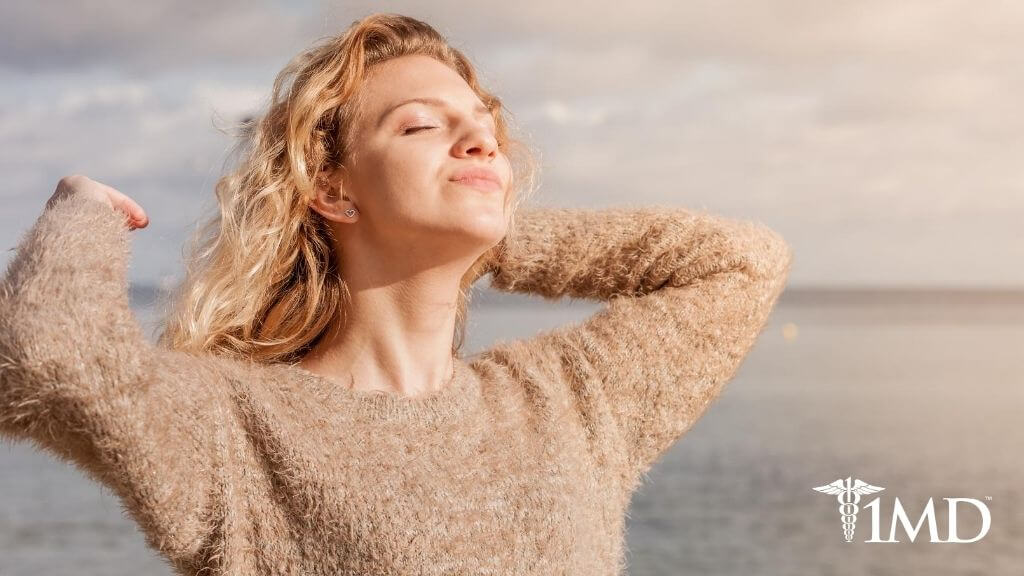
Could spending more time in the sun be the key to preventing breast cancer? With breast cancer affecting millions of people every year, any help is certainly appreciated.
A great deal of research has begun finding links between breast cancer occurence and vitamin D deficiencies. This sort of information could offer a new avenue towards fighting the onset of this disease.
The Science of Vitamin D and Breast Cancer
A recent study evaluating the vitamin D levels in postmenopausal women with and without breast cancer seems to point to a connection between vitamin D and breast cancer.
The study focused on postmenopausal women, the control group did not have breast cancer while the case group consisted of women who had all been diagnosed with breast cancer. It was found that the group who had breast cancer had a higher body mass index (BMI), a higher percentage of obesity, and higher rates of insufficient or deficient vitamin D than the control group.
The conclusions drawn from this were that postmenopausal women who receive a diagnosis of breast cancer are more likely to be lacking vitamin D and display a higher rate of obesity than women without breast cancer.
But it doesn’t end with that study. The issue of breast cancer and vitamin D has become a hot button issue and merits further review.
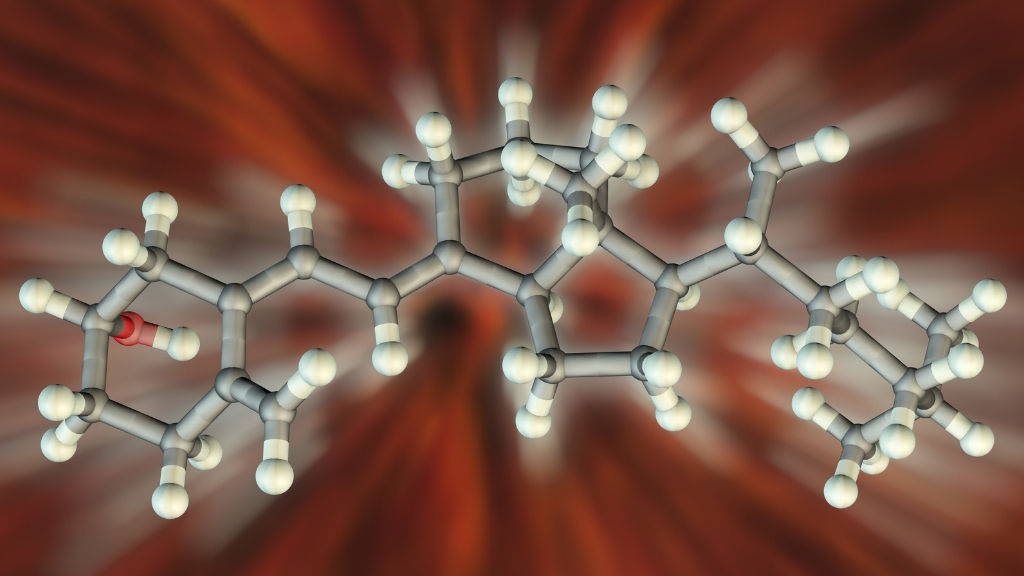
A separate study entitled, “Vitamin D Deficiency in Postmenopausal Breast Cancer Survivors” and published in the Journal of Women’s Health looked at women who were taking aromatase inhibitors to determine if vitamin D deficiency was playing a role in decreased bone density and fracture occurrences.
This study found that a deficiency in vitamin D is common in breast cancer survivors. The really interesting aspect is that this deficiency was seen even when the women were taking a vitamin D supplement.
The study went further to highlight the widespread vitamin D deficiency concerns—with an estimated 30-50% of the adult population of the United States being affected. In the breast cancer survivor population, this deficiency may be tied to a higher risk of cancer recurrence and mortality.
Vitamin D deficiency has also been linked with an increased chance of hip fractures and falls in people who have not had breast cancer.
The reason that vitamin D is such an important part of bone health is that it’s a fat-soluble vitamin that regulates how calcium is absorbed by the body and plays a role in bone growth.
How Much Vitamin D Should I Have?
More vitamin D might help with some of these issues but there is a limit to how much vitamin D you should have. The current recommended daily allowances for vitamin D is 600 IU for men and women aged 1 to age 70.
After 70 it is recommended that the daily intake be upped to 800 IU. Going above these levels is fine, up to a point. The National Academy of Medicine does not recommend levels above 4,000 IU per day.
How to Get More Vitamin D
There are a few different ways to incorporate vitamin D into your life and body. It does occur naturally in some foods, you can take a supplement, or the best way to get vitamin D is to go outside and let the ultraviolet rays from sunlight hit your skin.
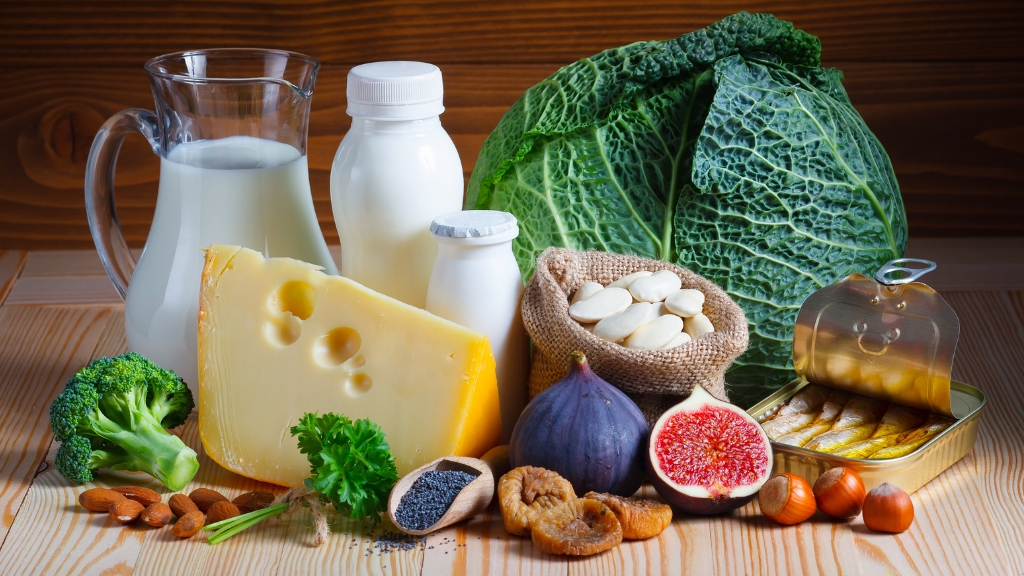
When your skin is exposed to the sun, it triggers a vitamin D synthesis. All vitamin D that your body takes, both by ingesting or exposure, still needs to go through an activation process in the body.
Vitamin D in Sunshine
If you’re thinking about upping your vitamin D but want to do it in the most natural way possible, then spending a little time in the sun is the way to go.
The worry about skin cancer from exposure to the sun is valid but the time required to get your recommended amounts of vitamin D from the sun are relatively short.
If you’re aiming for getting vitamin D in the 1000 to 2000 IU daily range, spending approximately 20-30 minutes in the sun three times a week for fair-skinned people will give you that.
| Related: How to Get Vitamin D Benefits From the Sun Safely |
It should be noted that exposure to vitamin D and the way your body processes it is individual. Some vitamin D sun exposure differences to consider are:
♦ Age: As we age, we are less effective at processing vitamin D from the sun.
♦ Skin tone: Fair-skinned people process vitamin D from the sun more efficiently than darker skin tones, so they need less exposure.
♦ Skin exposure: Are you wearing a bikini or dressed for winter with just a little skin showing? The more skin that’s available to the sun’s rays, the more vitamin D is produced.
♦ Air quality: Carbon in the air from pollution diminishes vitamin D production in the body while holes in the ozone layer actually enhance vitamin D levels.
♦ Proximity to the equator: The further away you are from the equator, the less vitamin D reaches you in the winter.
♦ Sunscreen: Sunscreen blocks the UVB light you need to make vitamin D. But it’s still important to wear sunscreen if you will be spending an extended period in the sun.
♦ Weight: This is tricky as it is known that body fat absorbs vitamin D, but whether that vitamin D can be used later or if it’s simply lost is not known.
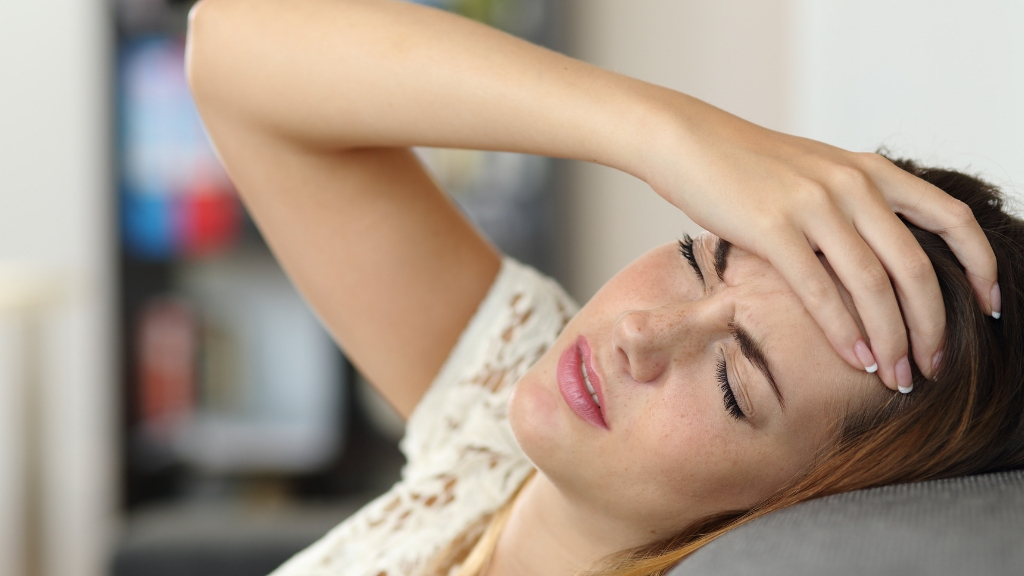
Vitamin D in Supplements
Taking a vitamin D supplement is pretty straightforward and most people prefer to take this supplement by mouth, although it can also be given as a shot. There usually aren’t side effects reported when taking doses under 4000 UI. But some of the side effects reported include:
♦ Weakness
♦ Sleepiness and fatigue
♦ Headaches
♦ Loss of appetite
♦ Dry mouth or a metallic taste
♦ Nausea and possibly vomiting
It should be noted that if you have a diagnosed vitamin D deficiency, your doctor may have you take higher doses of vitamin D supplements. This should always be done under your doctor’s supervision. In fact, it’s good to consult with your doctor about any vitamins you add to your regimen.
| Related: The Surprising Link Between Vitamin D, Gum Disease, & Diabetes |
Vitamin D in Foods
One way to boost the vitamin D in your body is to consume foods that contain vitamin D. There aren’t a lot of foods that contain vitamin D, but the following are good options:
♦ Fatty fish: tuna, mackerel, and salmon
♦ Beef liver
♦ Cheese
♦ Egg yolks
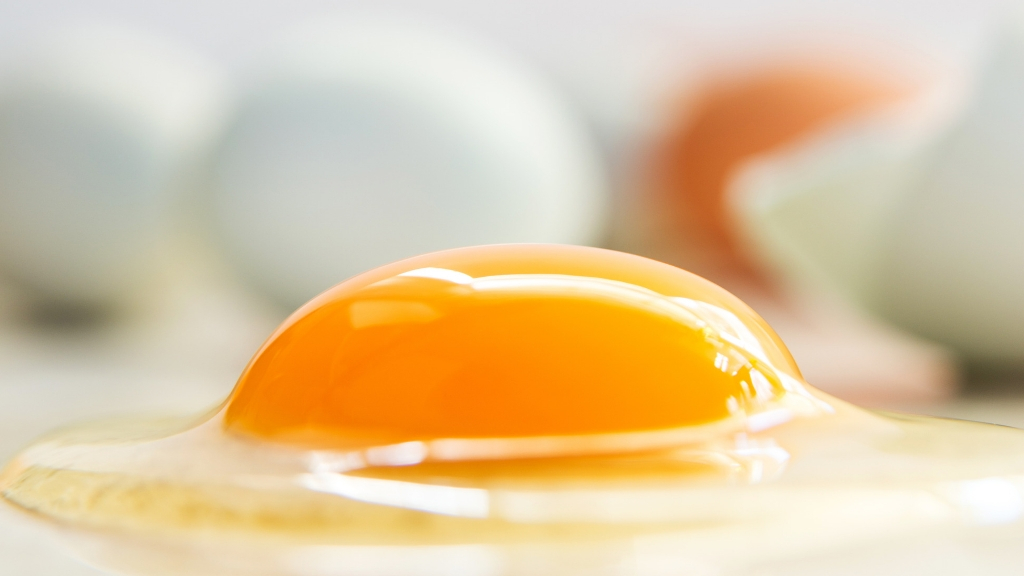
There are some foods that don’t naturally have much vitamin D, but they’re fortified with it. Look for this notation on the label, but some options are orange juice, soy milk, cereals, and dairy products. There are even mushrooms with extra vitamin D.
The Bottom Line
Vitamin D is considered a safe addition to most diets and lifestyles if done within the recommended doses. Some ways to boost your vitamin D intake are through exposure to UVB rays in sunlight, through some foods, or with supplements.
There is no definitive link between vitamin D deficiencies and breast cancer at this point, but there seems to be evidence that some connection exists. As long as you don’t exceed 4000 UI per day, it’s probably a good idea to add vitamin D to your daily regimen.












